Imam was raised under the care of his mother and his aunt Sahiba, however, when he was at the early age of fifteen, his aunt came to an untimely end, and shortly afterwards his mother also passed away.
His elder brother, Ayatollah Passandideh taught him Arabic grammar and logic along with the rudiments of many other subjects. Imam Khomeini studied literature at the center for theological studies in Arak and later in Qom, and became an authority on theological and canon law.
The Imam began to teach philosophy at the age of 27. At the age of 30, Imam Khomeini married the daughter of a religious scholar and their marriage was blessed with two sons and three daughters.
In October of 1962, the Cabinet of the despotic government of the Shah approved a bill according to which the stipulation of ‘Islam' that all those elected to the Majlis should believe in, was omitted from the law. Imam Khomeini sent a cable to Alam, the then Prime Minister in strong protest of his actions, opposing the bill and for the first time he issued warnings against such councils and their Zionist inclinations.
In 1963, the religious circles in Qom had declared that the Muslims should not celebrate the New Year because the anniversary of the martyrdom of Imam as-Sadiq (A.S.) fell on the second day of the New Year. On the morning of the second day of Farvardin (the first month of the Iranian calendar), SAVAK (Shah's secret police) and troops in army vehicles armed with heavy machine guns and poured into the Qom. No sooner had the Imam received the news of the event than he came to pacify the people. He said, "Keep calm. You are the followers of those leaders in your religion who suffered greater atrocities. It is up to you to preserve this sacred heritage."
On the 10th of Muharram of the same year, Imam in Faydiyyeh School made a speech in which he said, "Israel wants to discredit the Qur'an our Holy Scripture, and wipe out the religious leadership. Israel wants to tighten its grip on our economy..." On the night of the 15th of Khordad, troops besieged Qom and rushed to the Imam's home and took him to Tehran where they held him in custody in the Qasr prison. People in Qom took to the streets and led by Haj Mustafa Khomeini, the Imam's son, chanted the slogan, "Either Death or Khomeini!". Despite the security crackdown, the next day, (the 16th of Khordad), there were again demonstrations in Tehran in support of Imam Khomeini in which 15,000 and 400 people were reported killed in Tehran and in Qom respectively.
The Shah felt so threatened by the power of Ayatollah Khomeini that he arranged for his exile to Turkey. From Turkey the Imam moved to Iraq, and finally to Paris.
Early in Bahman, 1357 Imam Khomeini came back to Iran to establish the Islamic Republic of Iran, which now like a beacon, shines out across the globe and embraces the oppressed.
On June 3, 1989, after eleven days in hospital for an operation to stop internal bleeding, Imam Khomeini lapsed into a critical condition and died. The outpouring of grief was massive and spontaneous, the exact counterpoint to the vast demonstrations of joy that had greeted his return to Iran a little over ten years earlier. Such was the press of mourners, estimated at some nine million, that the body ultimately had to be transported by helicopter to its place of burial to the south of Tehran on the road leading to Qom.

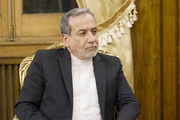


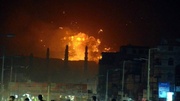
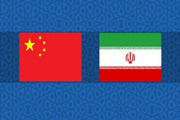


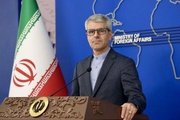

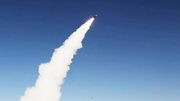







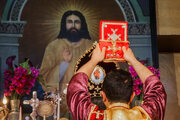



Your Comment